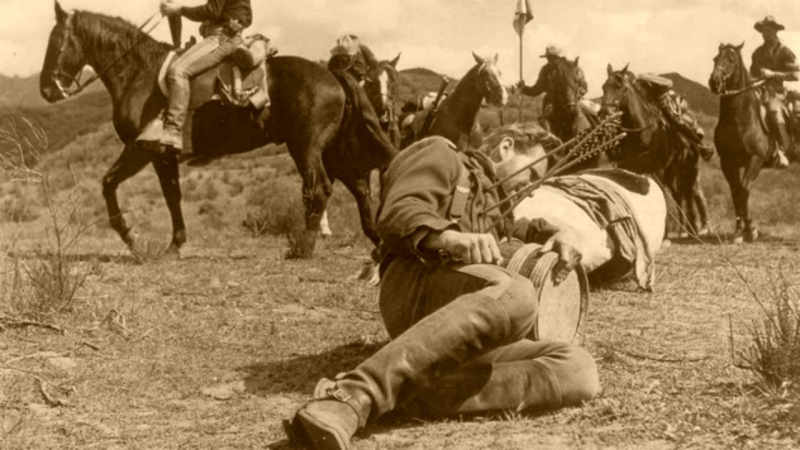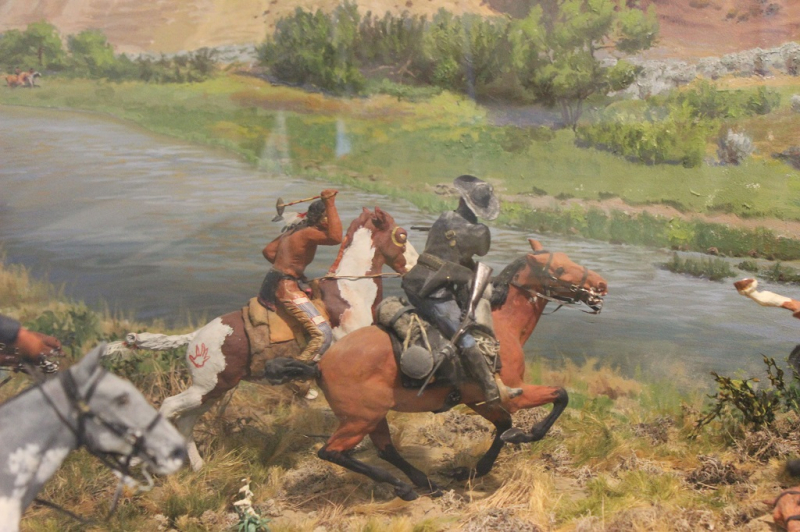Little Big Horn
The 'Custer's Last Stand' conflict is commemorated with a plethora of monuments and tourist destinations 60 miles southeast of Billings, Montana. The US 7th Cavalry, commanded by Lt. Col. George Custer, was completely destroyed by Sioux Lakota, Cheyenne, and Arapaho warriors in June 1876. However, if they were to succeed, terrible things would happen.
The US government increased its deliberate genocide of Native American tribes as a result of Custer's death. Those who were not killed were frequently exposed to lethal pathogens and illnesses including measles, smallpox, and influenza.
Regardless, romanticized accounts of the US cavalry have frequently appeared in literature, television, and movies. These stories typically leave out the fact that Custer's conceit and dubious leadership not only resulted in his own death but also that of two of his brothers, a nephew, and a brother-in-law.
Except for Thanksgiving, Christmas, and New Year's Day, the Little Bighorn Battlefield National Monument is open all year round. The complex includes a museum, visitor's center, and the Custer National Cemetery in addition to the actual battlefield.
Date: June 25–26, 1876
Location: Near Little Bighorn River, Crow Indian Reservation, Big Horn County, Montana, U.S.
Result: Lakota, Northern Cheyenne, and Arapaho victory












